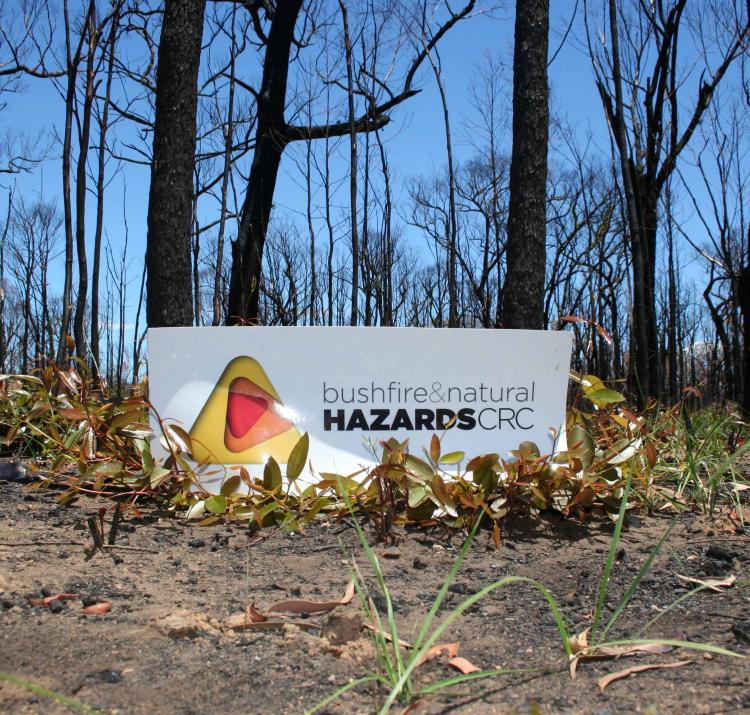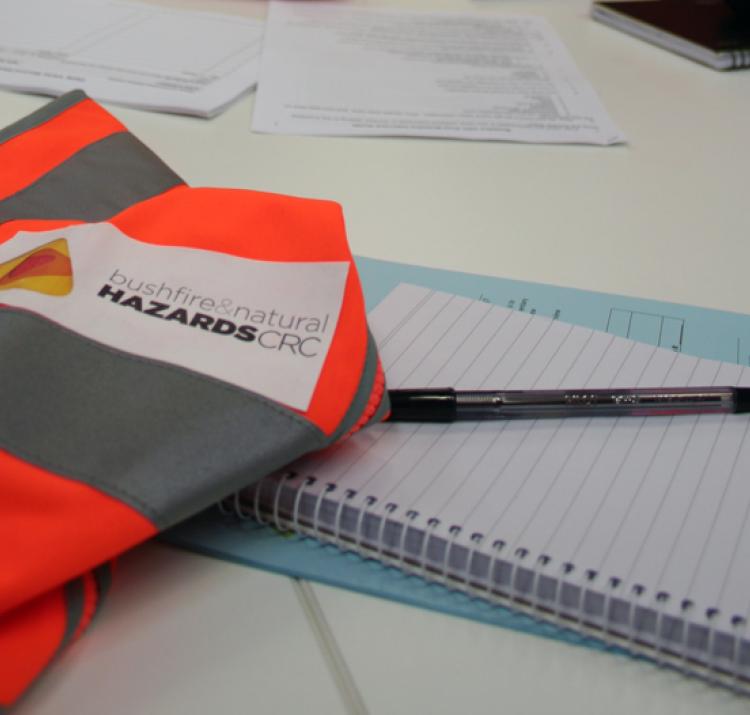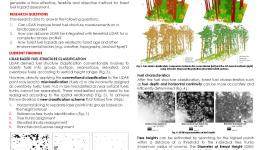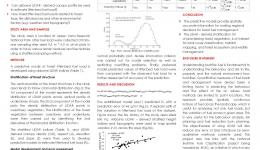Student researcher
LiDAR based technology is proposed as a means to measure landscape-scale forest fuels in order to generate a time effective, cheap and objective method for forest fuel hazard assessment. The technique was tested at sites of different vegetation ages, since fire, in southeastern Australia to extract accurate information about forest fuel structures and assess forest fuel hazards. It also assessed how the other environmental factors impact on the hazards.
This project was completed in January 2017.
| Year | Type | Citation |
|---|---|---|
| 2017 | Conference Paper | Estimation of forest surface fuel load using airborne LiDAR data. SPIE Remote Sensing (SPIE, 2017). |
| 2017 | Journal Article | Development of a predictive model for estimating forest surface fuel load in Australian eucalypt forests with LiDAR data. Environmental Modelling & Software 97, 61-71 (2017). |
| 2017 | Thesis | LiDAR Application in Forest Fuel Measurements for Bushfire Hazard Mitigation. School of Earth, Atmosphere and Environment, Faculty of Science Doctor of Philosophy, 134 (2017). |
| Date | Title | Download | Key Topics |
|---|---|---|---|
| 07 Jul 2015 | Yang Chen PhD Progress Report 2015 |
|
|
| 24 Oct 2016 | Forest fuel structural measurement and fuel load estimation using LiDAR data |
|
fire, fuel reduction, modelling |
18 Aug 2015
The primary option available to reduce fire risks to the community and the environment is through a...
12 Aug 2016
This study is using LiDAR to measure landscape-scale forest fuels in order to generate a time effective,...









